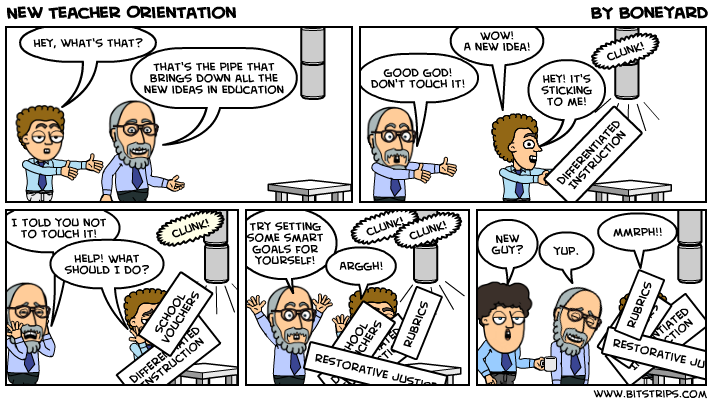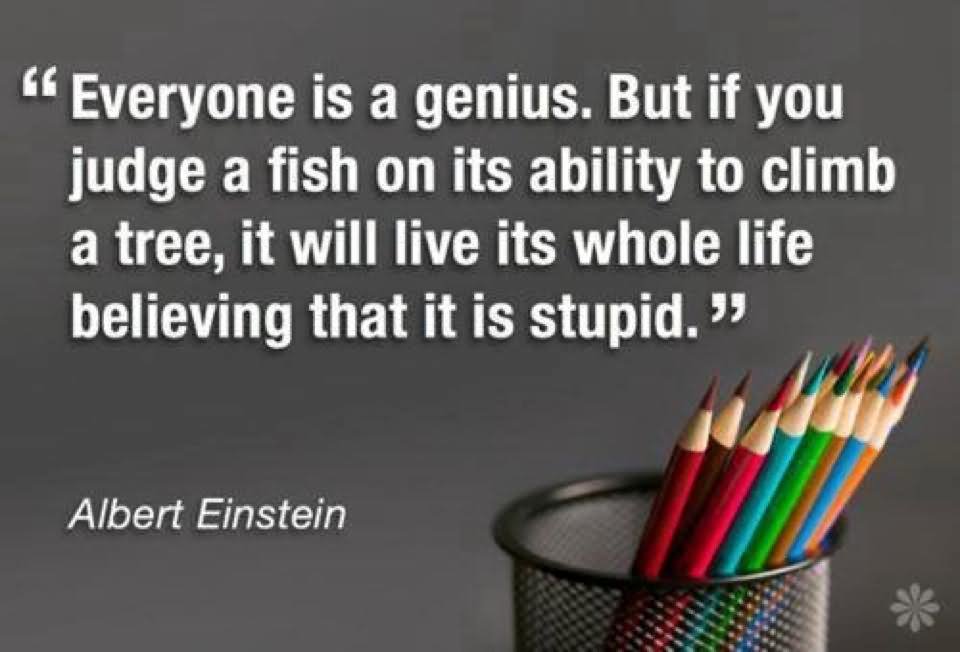
Friday in #AEE412, we were introduced to Inquiry Based learning and given the hint that this weekly web wonder is very important. I completed my readings, and spent the afternoon with many thoughts on the subject racing through my head. I know I could easily write a blog that outlined the basic cycle of inquiry, but that didn't seem right. I know that inquiry involves students creating their own knowledge through interest, but it is more than simple problem-solving. I also know that, if done correctly, both students and teachers will benefit. This is an idea that was rarely used on me as a student and, as I found out, is relatively new to education. All things considered, you can understand why I feel like I'm dealing with something big here.
On Friday I recognized that we are all sort of learning about inquiry using inquiry. Therefore I hope I can contribute these ideas to our conversation:
(Note: To try and further my own ideas, I have been trying to get into Pinterest. Seeing a good situation, I used it to find the following:)
Check out this Edutopia Article. I like how the article broke down the idea into simple language. Educators have to battle students "dunno" when asked what they want to know. What we are doing with inquiry is trying to recreate the "whaa!?" feeling when we see something that peaks our interest. Also remember: "I think one of the reasons why the whole world seems to be losing its mind over the Broadway production of Hamilton is because it presents a fresh take on a story we’ve all heard before. The power of learning something new is undeniable."
From our reading, we can implement it this way:
1.starting the inquiry process;
2.promoting student dialog;
3.transitioning between small groups and classroom
discussions;
4.intervening to clear misconceptions or develop students’
understanding of content material;
5.modeling scientific procedures and attitudes; and,
6.utilizing student experiences to create new content
knowledge.
When implementing, remember:

Inquiry based learning will not work in all situations for all subjects. It is also hard to get students to buy in to the idea. But when we can, it is an awesome power tool to keep in our teacher toolbox to further 21st century skills and promote student independence.




